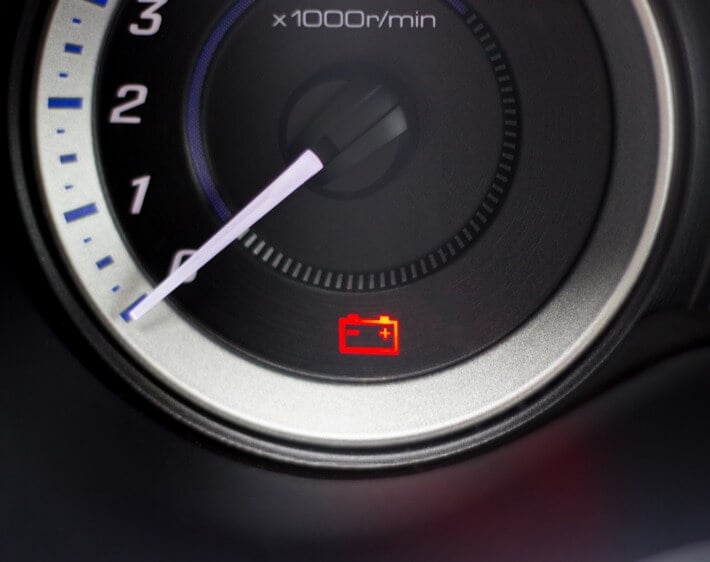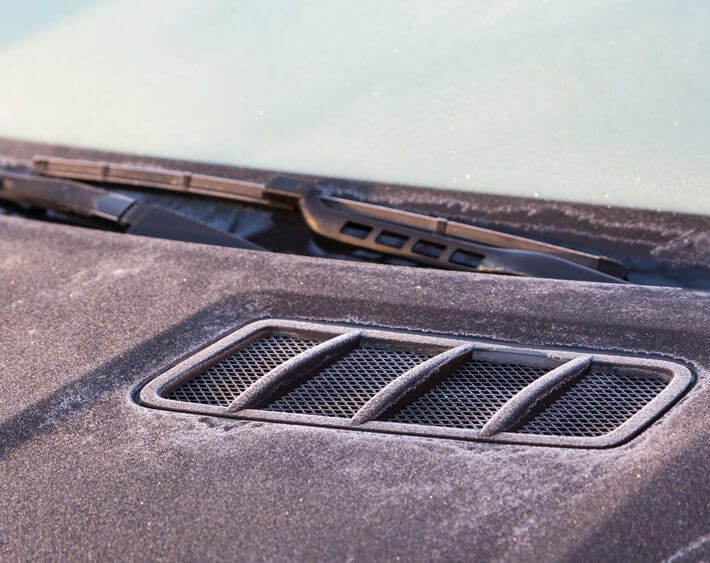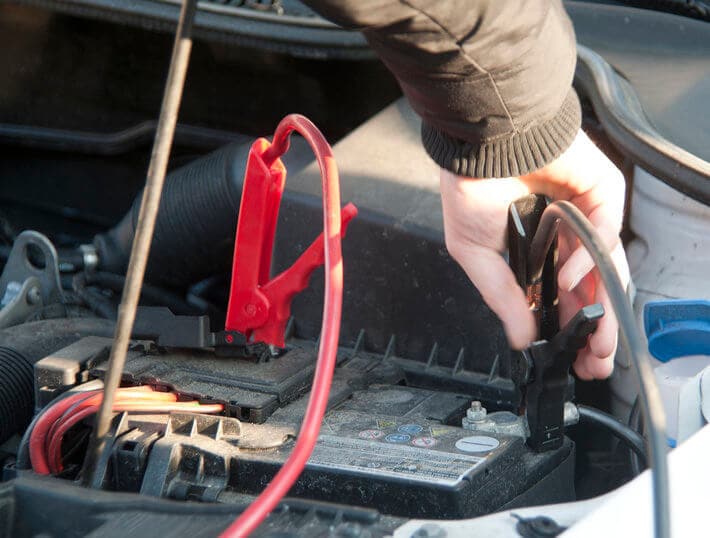Just like your TV remote or fancy electric toothbrush, your car needs a battery to function. When it dies, your car won't start, leaving you either stranded or stuck at home. You know your car battery is important, but do you really understand how it powers your engine, lights, and radio? Follow along as we break down the complexities of a battery and explain how car batteries work! If knowledge is power, you’re going to be in great shape.
What's a battery?
Before jumping into the complexities of car batteries, let’s look at how batteries in general function. According to the folks at NASA, a battery is “a device that translates chemical energy into electricity.” Batteries are composed of cells. These cells are what contain the actual energy. They store chemical energy and transform it into electrical energy on command. That’s what powers your devices, from your TV remote to your electric toothbrush.
How do car batteries work?
Most car batteries rely on a lead-acid chemical reaction to get things moving and grooving. These batteries fall into the "SLI" category. SLI stands for "starting, lighting, and ignition." This type of battery provides short bursts of energy in order to power your lights, accessories, and engine. Once the battery jolts the engine to life, power for the car is supplied by the alternator. Most vehicles come with a generic SLI battery from the factory. Learn more about other car battery types.
How Car Batteries Work
Do I need a new car battery?
You might! Even though lead-acid batteries are extremely reliable, despite the temperature changes, motion, and cramped conditions under your hood, a typical battery will only last around three to five years. Hop on over to our Virtual Battery Tester and see how much juice is left in your car’s battery. Or, stop by your nearest Firestone Complete Auto Care for a fast and free battery test. We'll keep your car running smoother, longer with a simple preventative inspection.



